Affiliate links on Android Authority may earn us a commission. Learn more.
Galaxy S8 vs Google Pixel: The two most important Android devices right now
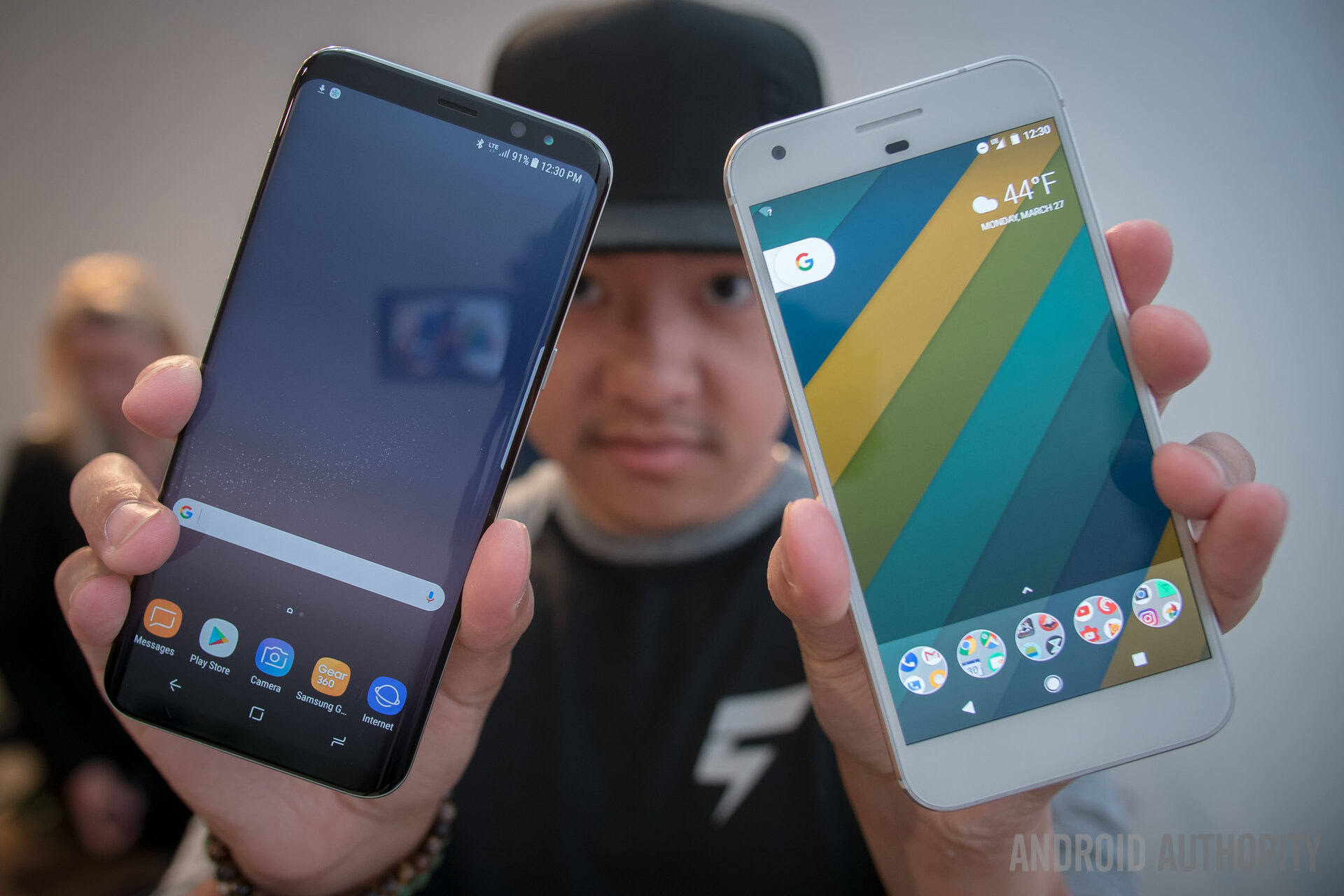
The Galaxy S8 and Galaxy S8 Plus are here and they look stunning. But design is not the be-all and end-all of smartphone experience. Software, careful optimization and attention to detail can tip the scale in favor of competitors.
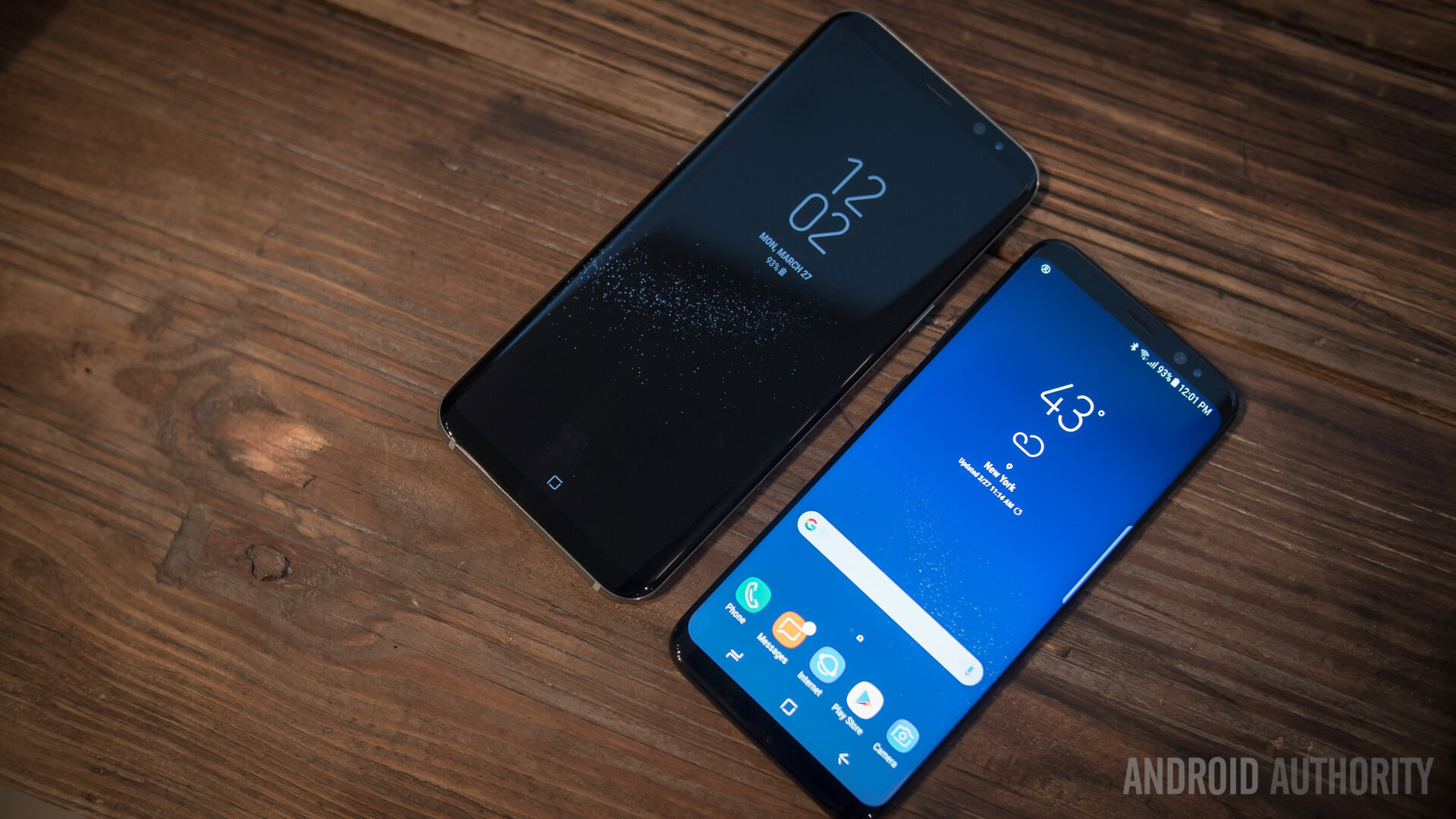
In this post, the latest Samsung Galaxy device goes up against the beloved official Google phone. It’s a battle between the purest form of Android and the most popular form of Android. This is the Samsung Galaxy S8 and S8 Plus vs the Google Pixel.
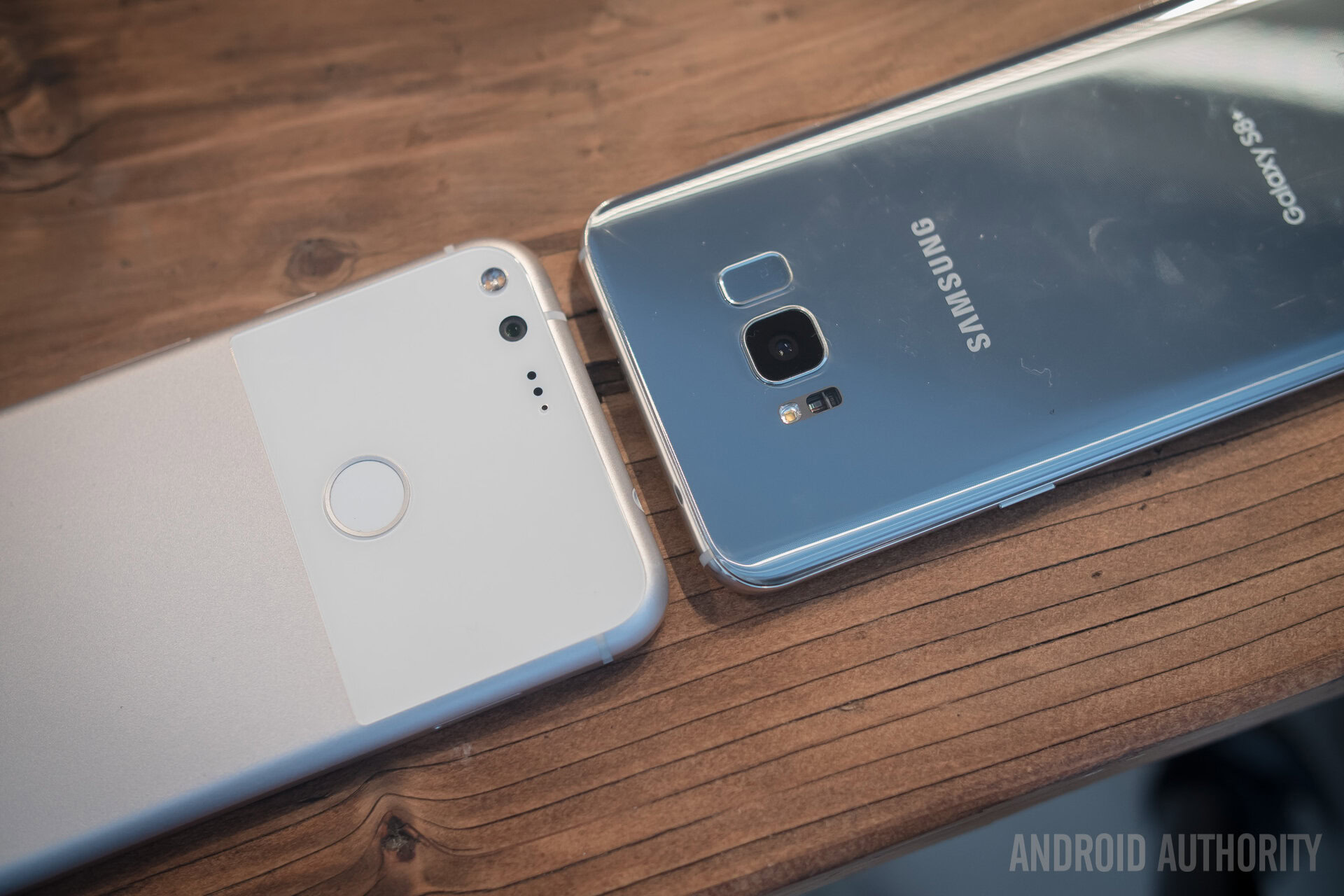
Both phones come in a couple sizes, but it’s important to note that the Galaxy S8 has the same screen size as the Google Pixel XL, though we’ll concede that the Pixel XL has the larger screen area overall.
Despite the bigger screen, you don’t really feel that the S8 is that much bigger than the Pixel. The smaller Pixel is one of the easiest to handle devices in Android today, but the balance between display area and handling on the smaller Galaxy S8 is already exceeding the Pixel in ergonomics.
It’s pretty easy to see the differences at first glance – the Pixel XL has so much going on around the display that its body feels almost unnecessarily big. With a 5.8-inch display curved on the sides to make it narrower and easier to hold, the S8 and both Pixels are further dwarfed by the S8 Plus, which packs a whopping 6.2-inch display on a body that is actually pretty decent to hold and handle.
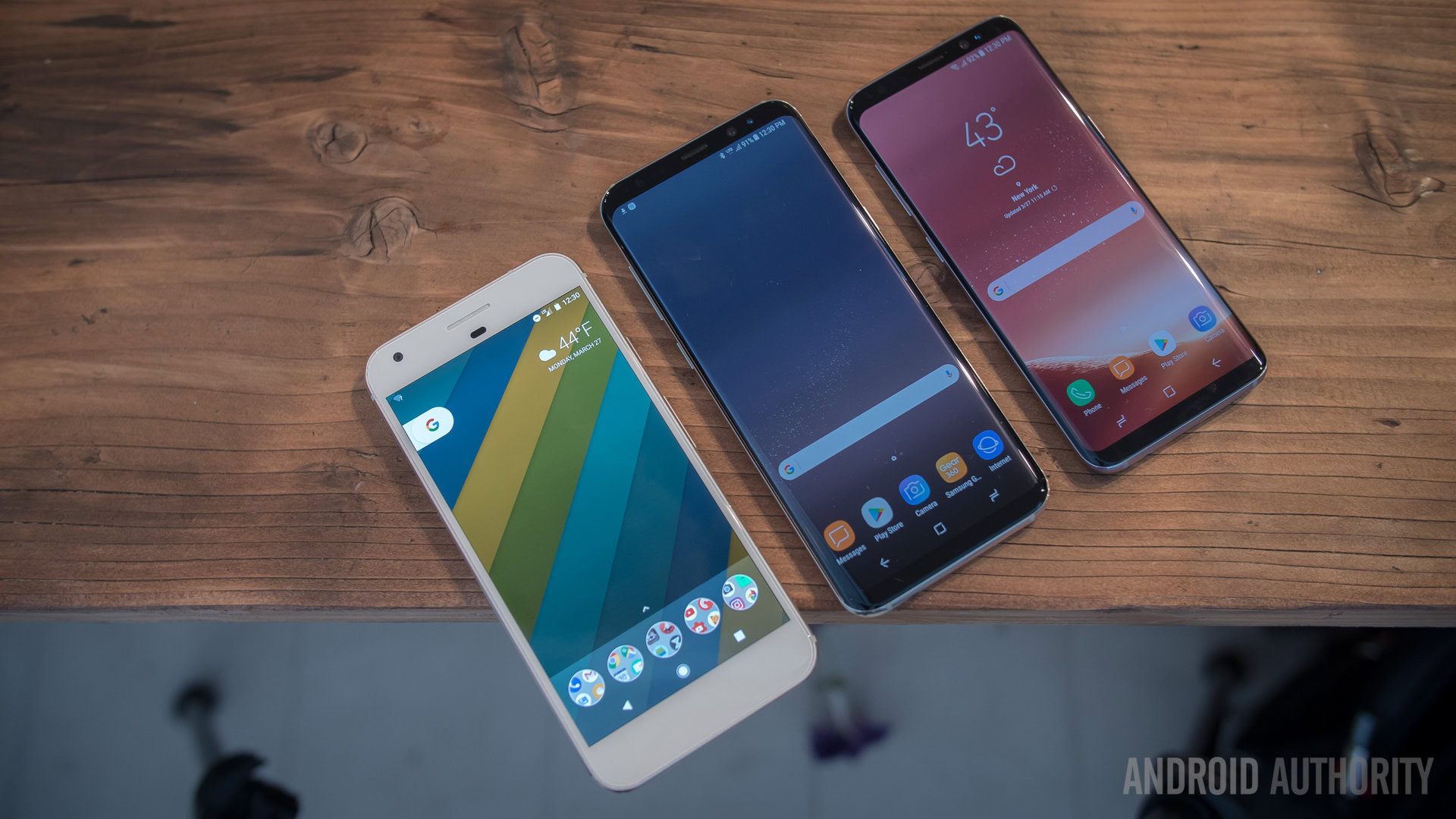
The resolutions of the Galaxy phones are also bumped up to an 18.5:9 aspect ratio, totaling 2960 x 1440 pixels (or QuadHD+), compared to the conventional Quad HD display of the Pixel XL (2560 x 1440) or Full HD on the Pixel (1920 x 1080).
Of course, some changes had to be made to the Galaxy S formula to make this feat a reality – gone are the Samsung logo and the tactile home buttons, which shift the fingerprint reader to the back right next to the camera lens. This is somewhat similar to the Pixel Imprint location, but its location still feels a little odd, especially on the large Galaxy S8 Plus.
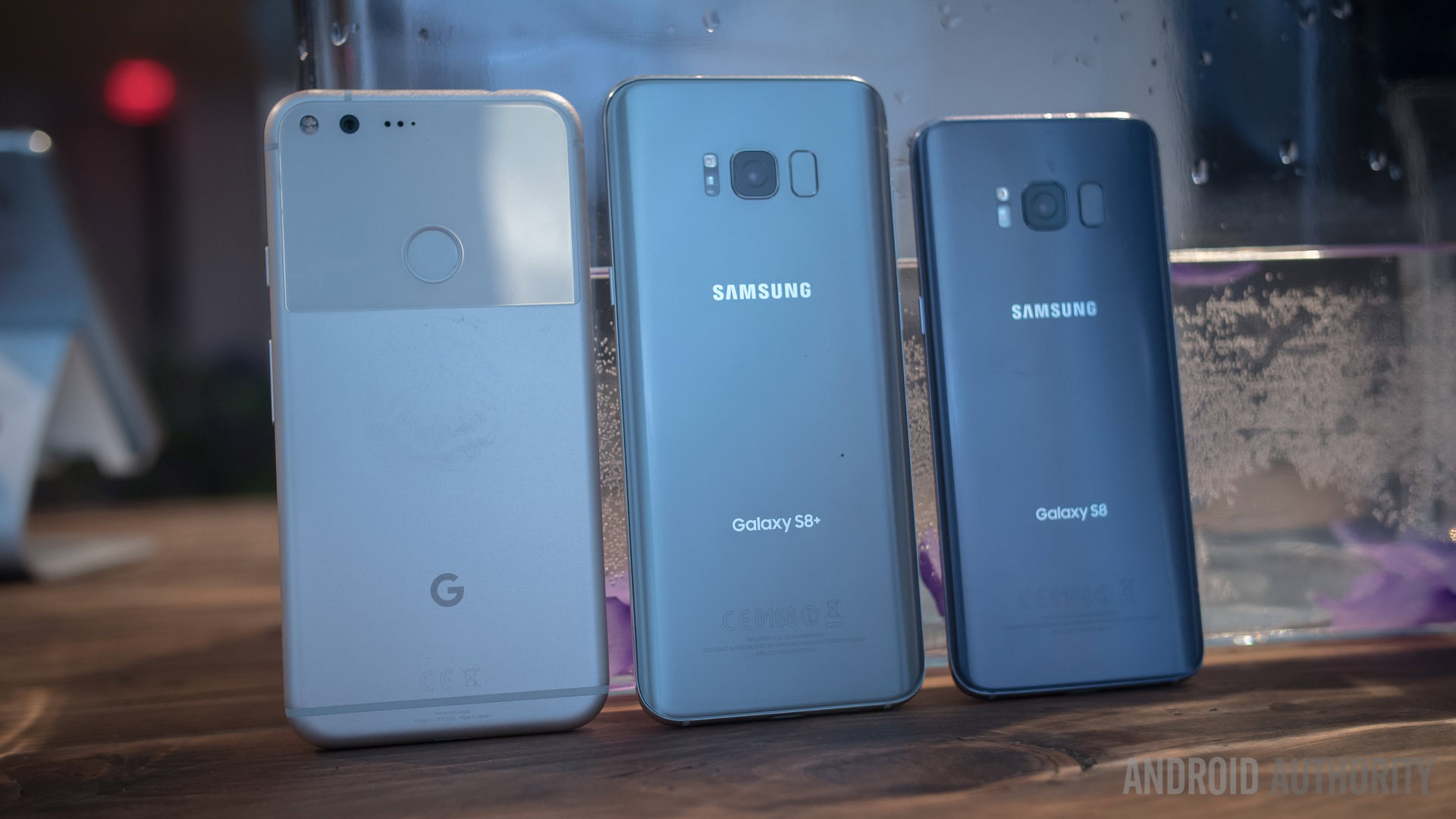
The side buttons are similar, but an extra button for Samsung’s Bixby software now appears under the volume rocker.
Bixby is seemingly Samsung’s answer to Google Assistant, which was originally a Pixel-only feature but now comes on a lot of devices, including the new Galaxy S8. That said, Bixby is a software suite similar to Google Now that has its own device-side voice search capabilities. Plenty of functions are available including changing the screen brightness or the ringtone, with much more to come as Samsung and third-party developers bake support for Bixby in their apps and services.
Bixby also layers into the Galaxy S8 camera to give it machine vision capabilities – translate among dozens of languages or check product information, for example. Google Assistant, on the other hand, has its own uses in leveraging various apps in the Google ecosystem and has its own particular uses that many of you have probably enjoyed by now. We will see how Bixby either replaces or simply adds to Assistant, though having both is either a benefit to users or a redundancy.
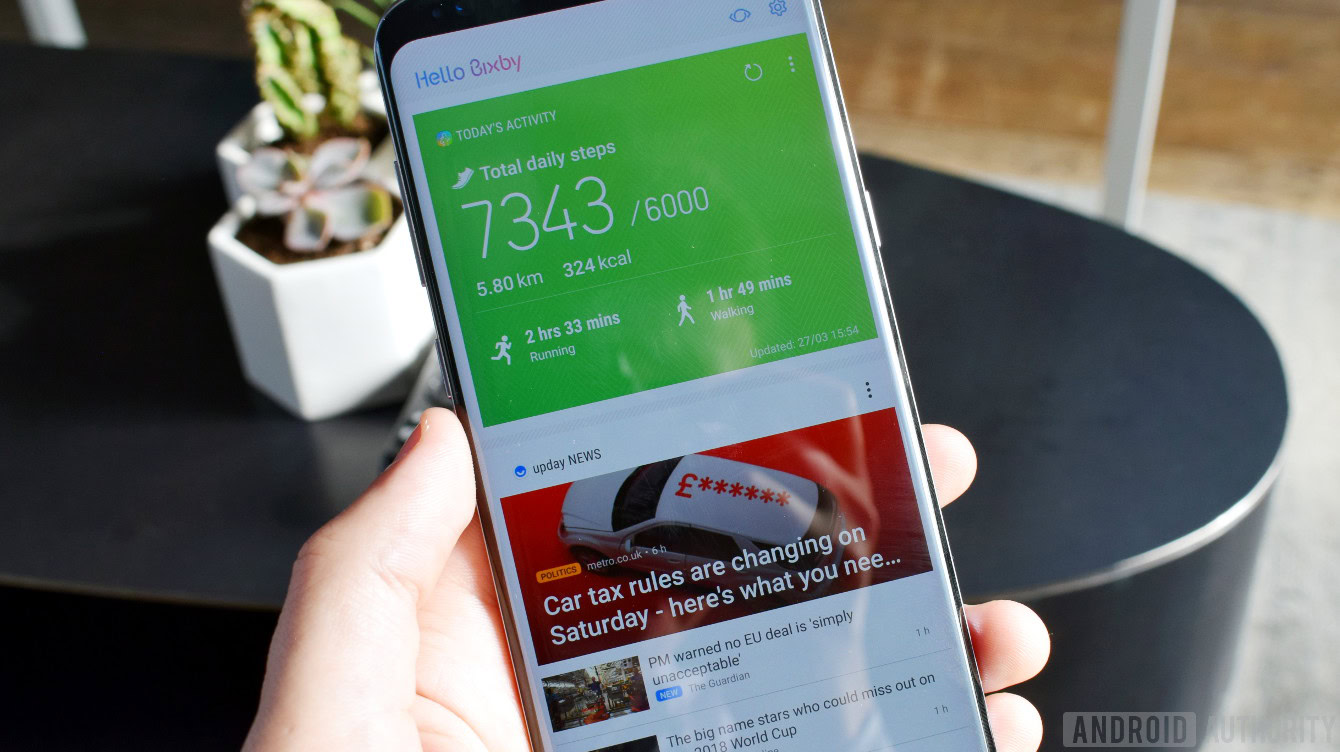
That said, much of the battle here will go to the newer device. The Google Pixel falls behind the 2017 pack with the Snapdragon 821 and a lack of expandable storage. The Galaxy S8 and S8 Plus include updated versions of these specs and add in Samsung Pay, water resistance and wireless charging. The S8 Plus slightly edges out the Pixel XL in battery, offering 3,500 mAh over the 3,450 in the Google-branded equivalent.
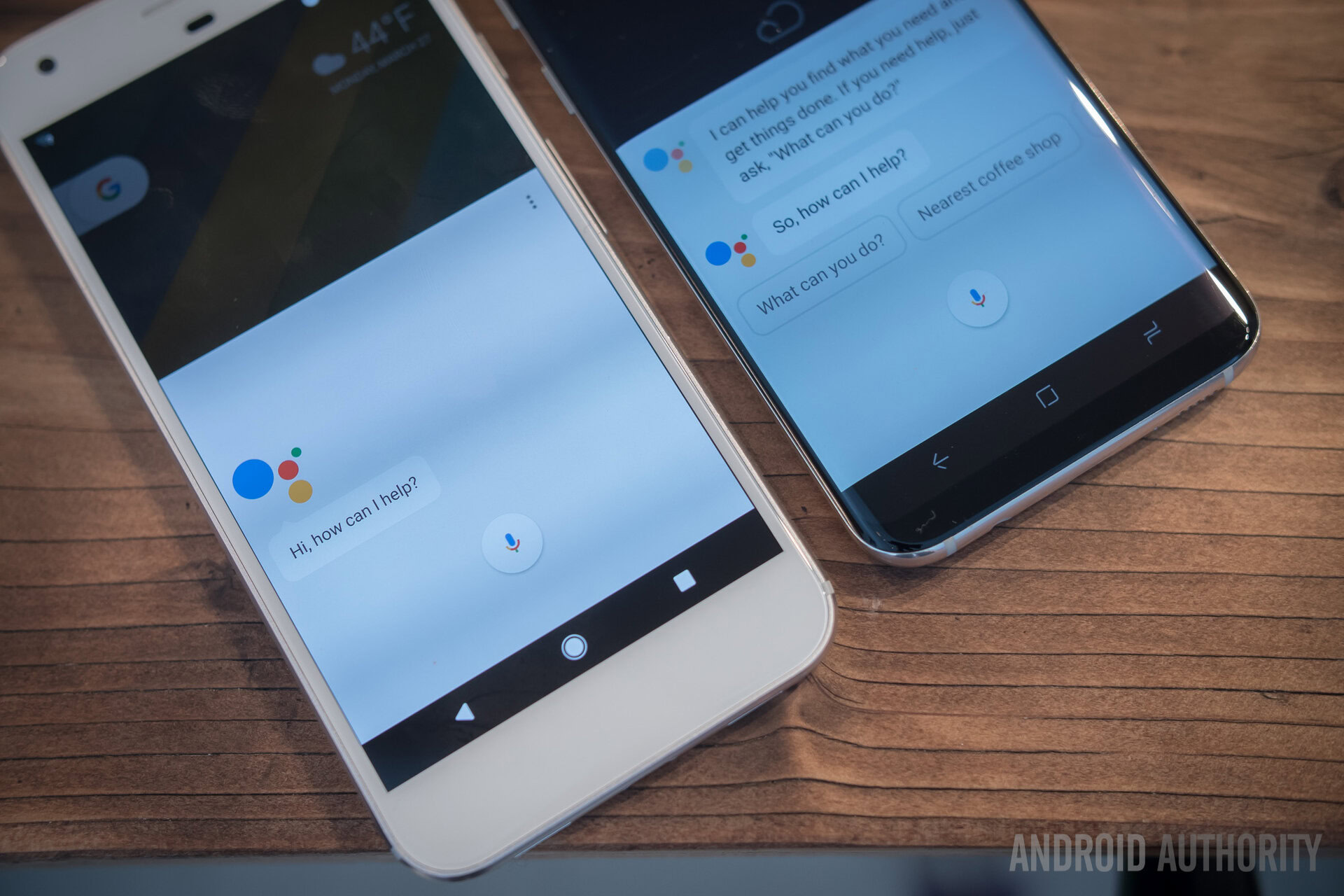
The Pixel cameras, despite their great reception by Android Authority staff and viewers, are edged out a bit by the Galaxy S8 cameras. Megapixel counts are all similar – 12 for the rear and 8 for the front – but the S8 floods a bit more light in with a f/1.7 aperture in both ends. We’ve lauded Galaxy cameras in the past, especially for their feature sets and manual controls, but the Google Pixel has been awarded a slew of accolades for its great processing under Google’s auto-shooting software. Our future comparison will explore this further and see which shooter comes out on top.
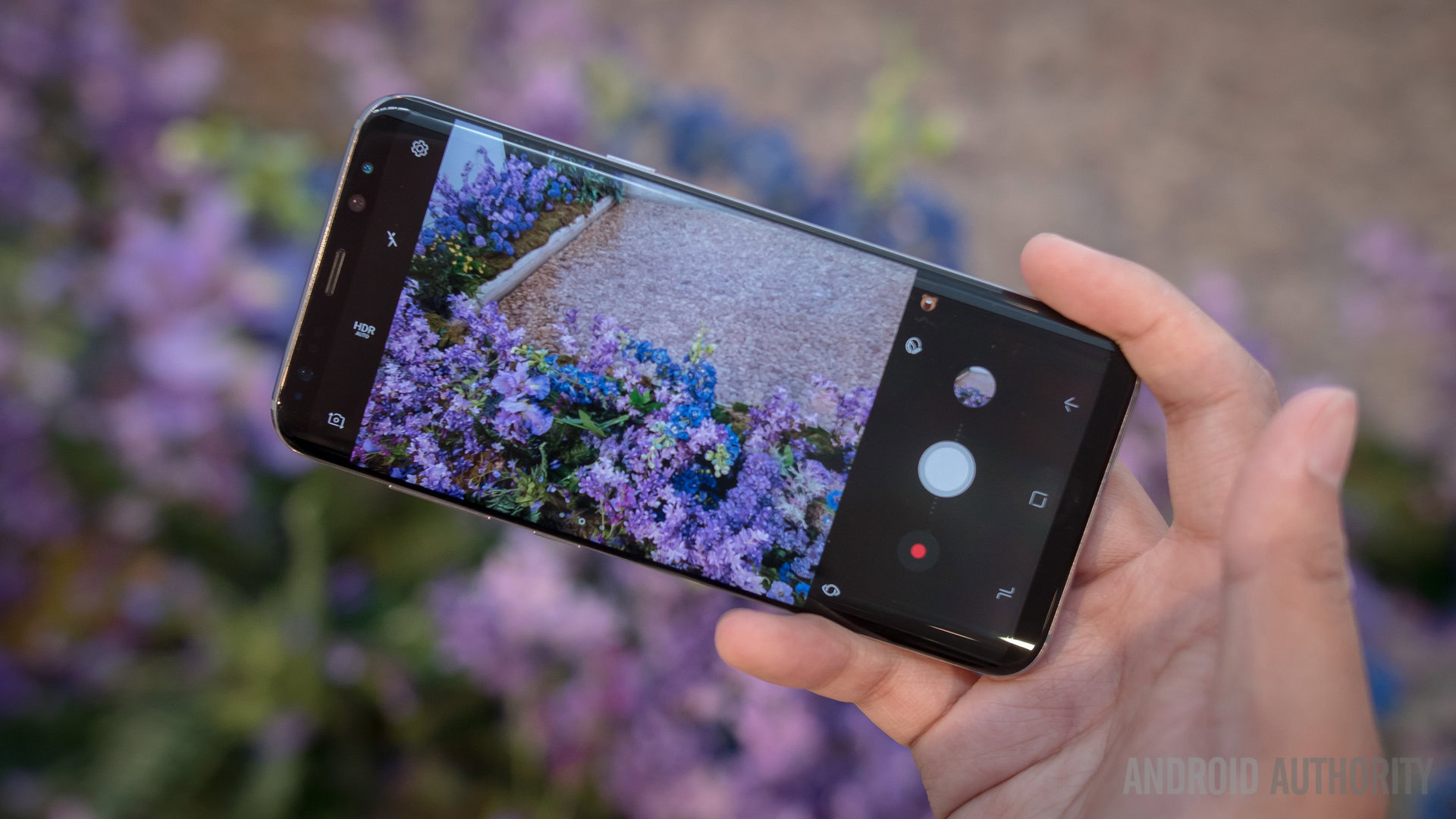
To end, software is a matter of subjectivity, as straight Nougat on the Pixel is beloved by Android purists. On the other hand, Samsung has tried hard to dial back on their UI in recent years, and on the Galaxy S8 we see small, but welcome, changes in its design – elements are pleasing to the eye and plenty of features are in view but are nonintrusive.
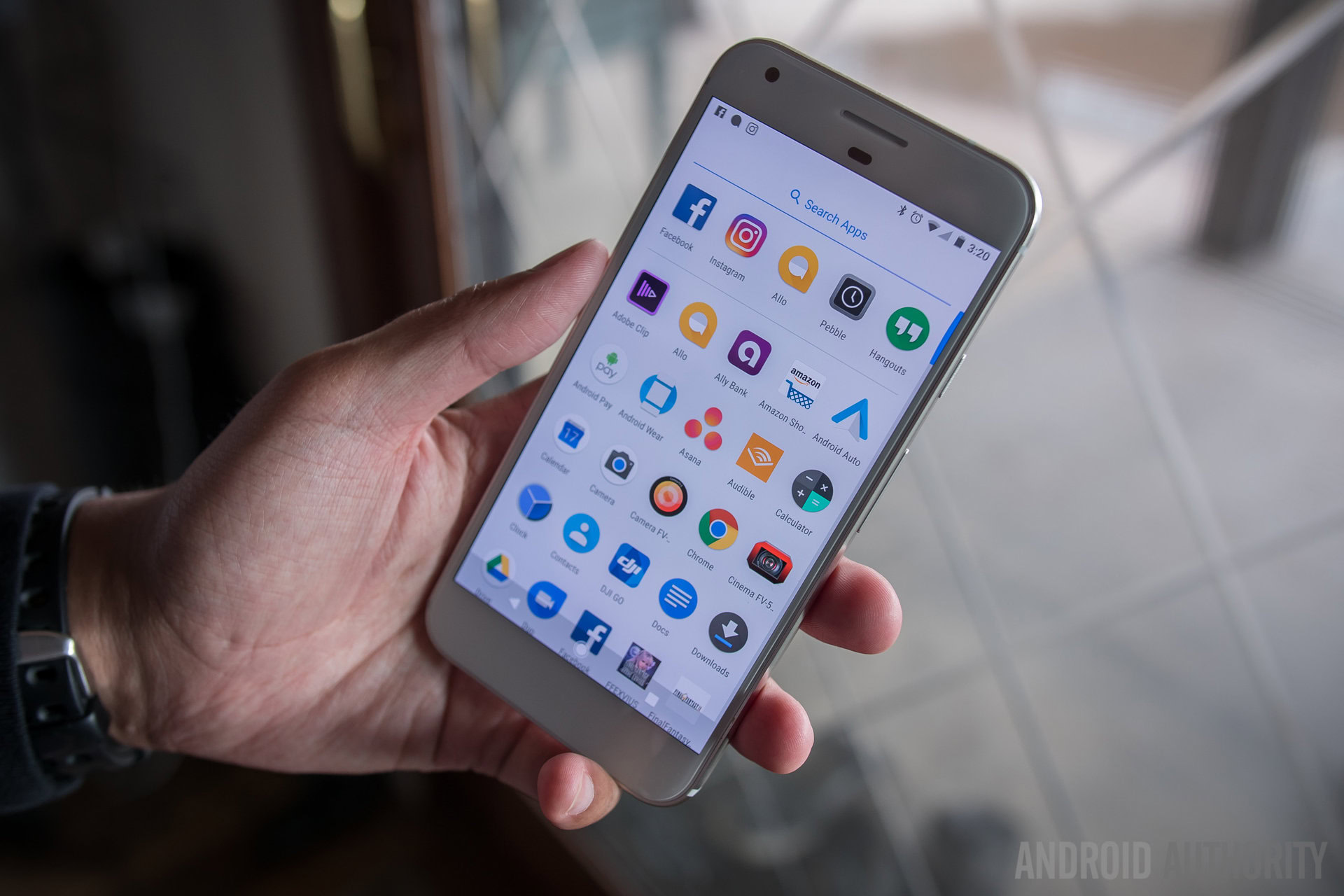
It is no surprise that Samsung packs a ton of features in its flagship, like the Edge UX and customizable navigation bar, but Android lovers would posit that pure Nougat on the Pixel is lean on features but remains incredibly reliable.
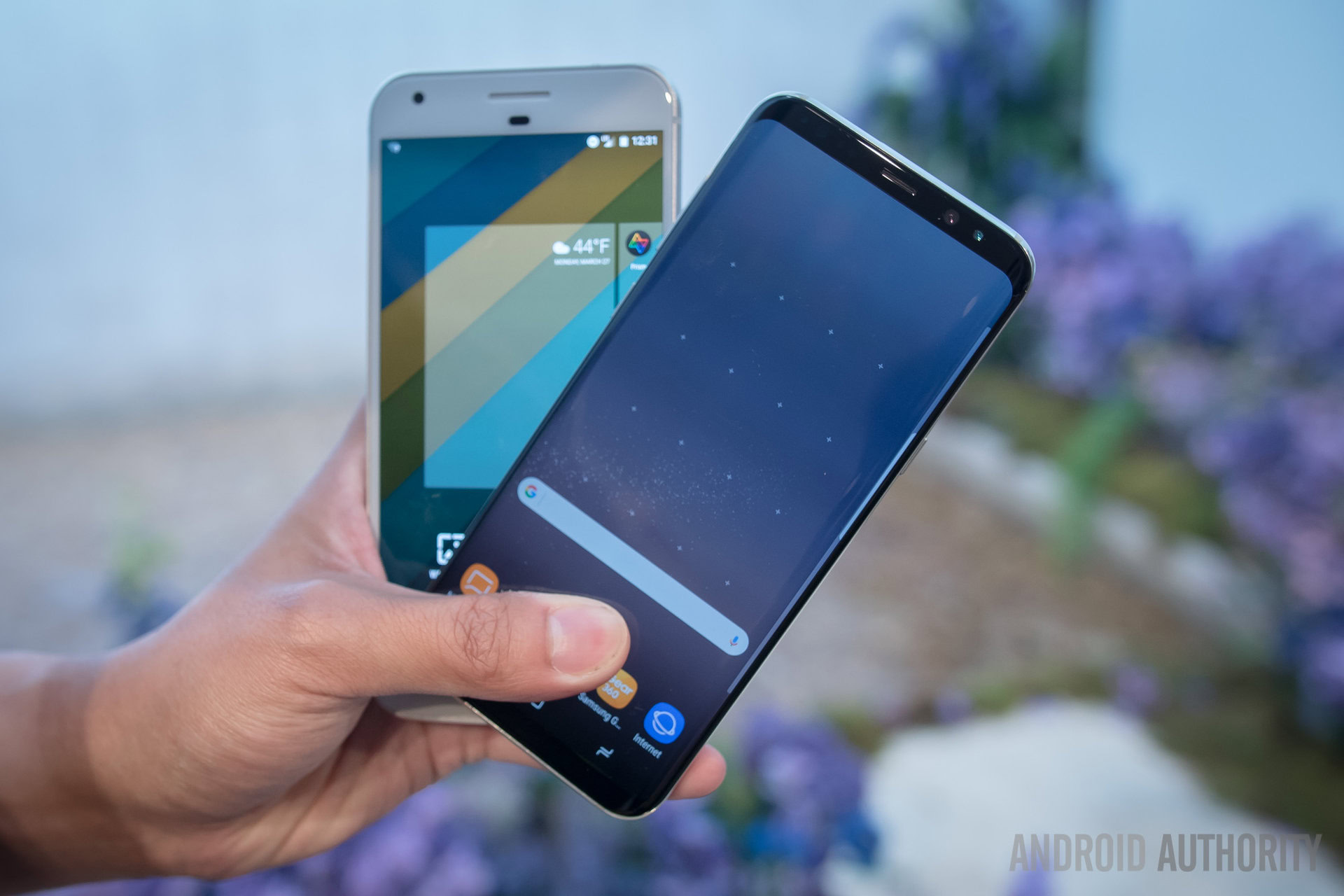
For this quick look at the Galaxy S8 vs Google Pixel, we know that the Pixel speaks to a specific subset of Android lovers – that said, it is hard to deny how effective is Samsung in continuing to evolve the Galaxy line, even if it means slightly shifting its familiar look. We will see how the Pixel and the new Galaxy S8 fare in future in-depth comparisons, once we have our hands on the new Samsung phones.
Read next:
Stay tuned to Android Authority for all of our Samsung Galaxy S8 coverage.